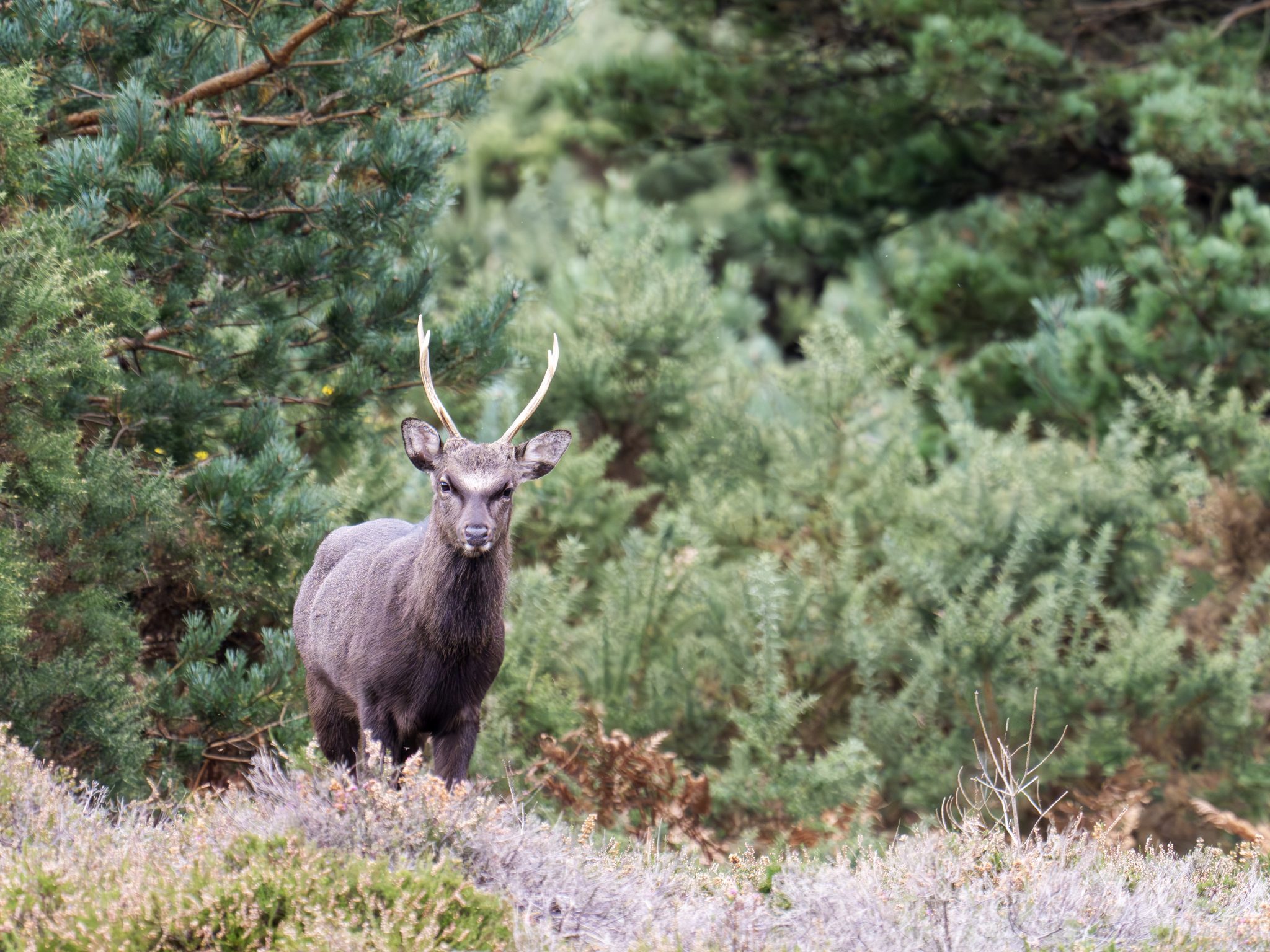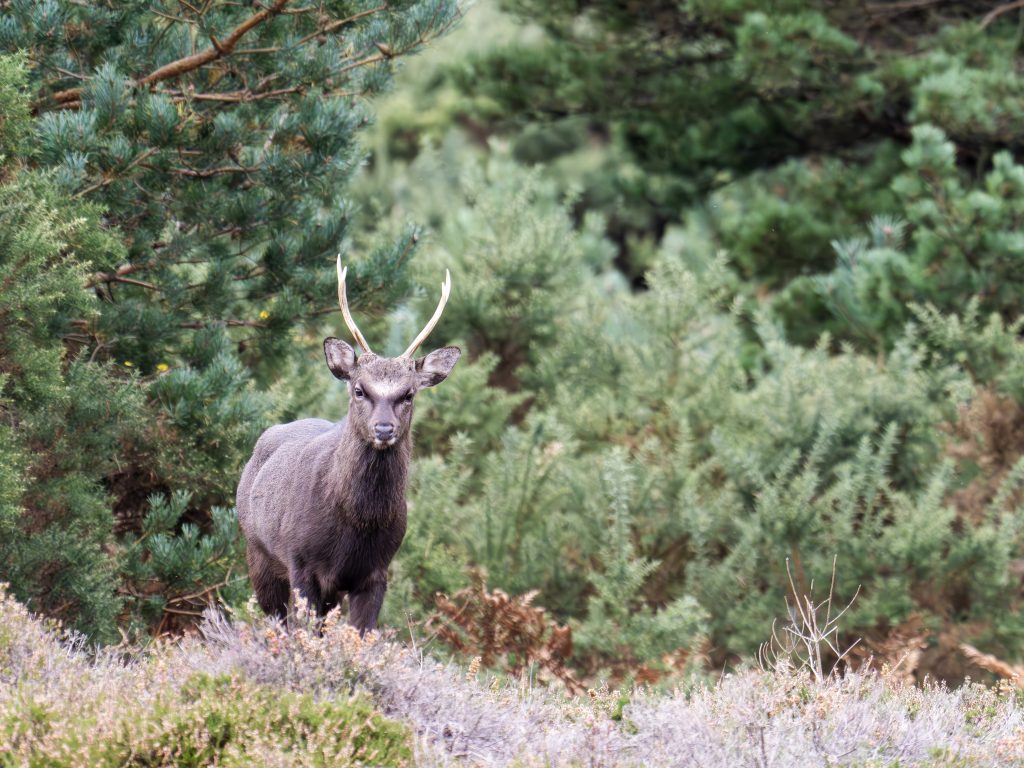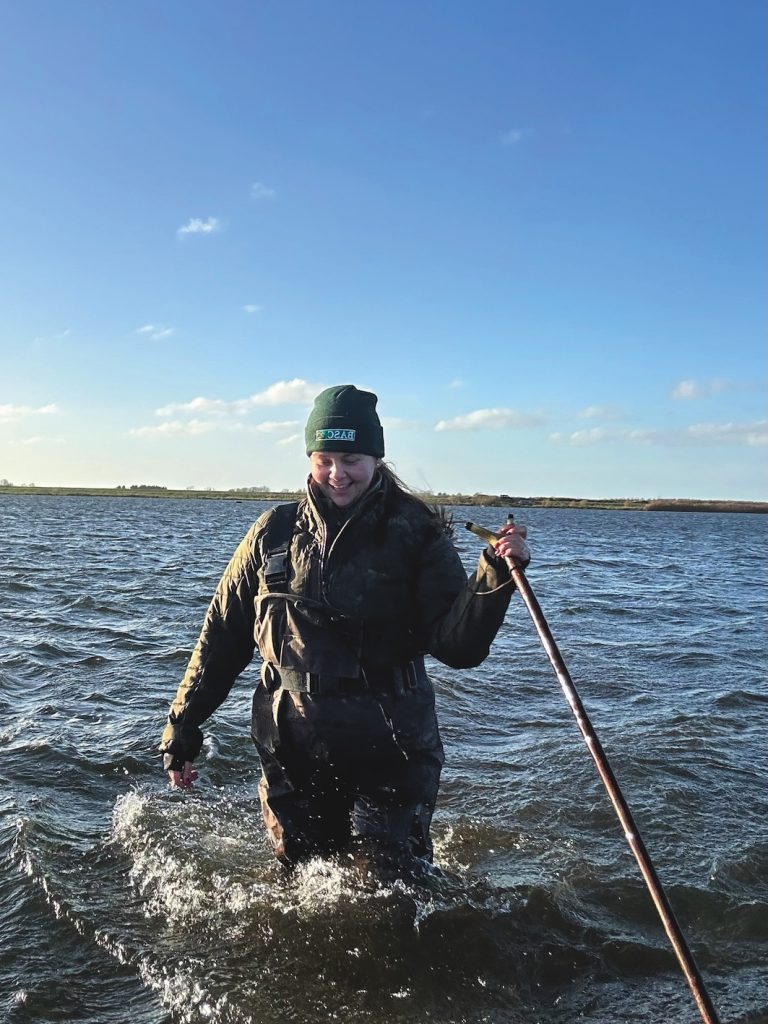Win CENS ProFlex DX5 earplugs worth £1,149 – enter here
Blaser Model B95 rifle x shotgun review
Blaser Model B95 Standard rifle review: The Blaser B95’s unusual combination of shotgun and rifle barrels seems to perform both functions up to standard.

Blaser Model B95 Standard rifle review.
For nigh on 20 years, I owned a German Drilling, a double 16-bore with an 8mm rifle barrel underneath chambered for 8×57 JRS, which, of course, meant it had to be on my firearms certificate.
It still served a variety of purposes and one of the conditions stated that it could also be used for game shooting, provided only the shotgun barrels were used.
There were quite a few of these combination guns around in the 1950s and 1960s. They were brought back from the war, some with blocked-off rifle barrels, others converted to .22 rimfire or Hornet, or even with the rifle barrel cut away.
Mine was ornate and interesting but, for my sport, there were better options.
UNUSUAL DESIGN
So, faced with testing the Blaser 95, would my views still be the same? The one on test is an over-under 12-bore/.22 Hornet combination.
The Germans would call it a Bockbüchsflinte, and the .22 Hornet on the Continent is known as 5.6x35R (rimmed).

It is a good-looking firearm in a chunky sort of way and, in profile, more inclined towards the styling of a double rifle rather than a shotgun.
This appearance is accentuated by the full pistol grip, the sights and the fitting of optional sling swivels, though shotguns with sling fittings are still popular in Europe.
Otherwise, the high-walled silver-finished action body, with its simple two-line decoration and top-lever, detachable fore-end and break-open action, is a familiar package to anyone used to any over-under.
There is, though, one considerable difference in operation. What appears to be an unusually long tang safety serves as a cocking lever and this does take a bit of getting used to.
When loaded and closed, the mechanism is not cocked; pushing the tang cocking lever forward cocks the lock, pulling it back uncocks it.
In principle, this is similar to a hammergun, but there is another twist ? open the gun and it automatically uncocks. While at first this seems a little clumsy, it is billed as the ultimate in safety, as the gun is only cocked when you bring it into operation to take the shot.
There is yet another side to this: the Model B95 is one of the more basic offerings and only has one mainspring, which makes it surprisingly easy to cock.
With one spring, it means that only one barrel can be fired, then you have to recock for the second. The theory is that you are either using it as a single-shot rifle or a shotgun, so there is no conflict in use.
CURIOUS HOG?S BACK COMB
Handling the Model B95, one finds it balances well, rather like a skeet gun, and this is undoubtedly due to the 600mm (23.3/4in) barrels and its comparatively lightweight (it is a shade under 6.3/4lb).
The length of pull from the front trigger measured 14.1/2in, which nowadays is barely the average length for a shotgun, but rather long for a rifle. Measuring across the curious hogsback-shaped comb with its kidney cheekpiece gave a drop of 1.1/4in running to 2.3/4in, which is not too far out for shotgun requirements and, with a bit of cast, it was going to be interesting to see how it performed on a few clays.
FREE-FLOATING RIFLE BARREL
The barrels are very well finished; the rifle bore with clean, crisp rifling, the flawless Magnum chambered 12-gauge bore measuring 0.732in with 0.017in of choke, equating to a ?light? half.
The ribs on the B95 are rather novel, as they are not really ribs at all, but a soft rubber filler block that slips between the barrels to fill in the gap and give an illusion of traditional assembly.
The reason for this, apart from minimal contact with the rubber, is so that the rifle barrel is free-floating, which aids accuracy, especially when a number of shots might be fired.
The top shotgun barrel has a hanger attached, which the fore-end fits on to, but this is not a problem for shotgun use.
The sights are well-made, but are of the rather heavy, square ?partridge? type. They give good definition in the right conditions, but are a little heavy in outline for vermin shooting past about 70 yards.
Then again, at the breech end of the barrels are recesses, which take a detachable riflescope mount system.
RIFLE TARGET
Tested at 100m, using Hornady V-max 35-grain bullets, and fitted with a Swarovski 6×42 riflescope, the B95 produced three shot groups of about 1in.

The rifle gave satisfactory results.
ON TEST
The diminutive .22 Hornet cartridge, which has been around since 1930, is now rather overlooked, but it is still a capable vermin cartridge out to around 150 yards.
Normally loaded with a 45-grain bullet, the cartridges chosen for testing were Hornady loaded with the V-max 35-grain bullet and advertised at a muzzle velocity of 3,100fps, somewhat faster than the average Hornet.
The Model B95, fitted with a Swarovski 6×42 riflescope, produced three-shot groups at 100m of just about 1in centre to centre, exhibiting some stringing but quite acceptable accuracy from a cold, clean barrel.
Recoil with this little cartridge is minimal and, with the front rifle trigger set at a little more than 1.3/4lb, there were no excuses for pulling the shots.
When it was tested as a shotgun on the pattern plate, it gave interesting results. Using the open sights, it placed the pattern a little low and it became clear that it could be used more efficiently, just like any other shotgun, with both eyes open, where only the foresight appeared in the line of sight.
If the shotgun barrel was used with the riflescope still fitted and zeroed for the lower rifle barrel, it was necessary to shoot high.
However, used as a shotgun, it threw good shot patterns, somewhat tighter than expected, with both No.6 and SG cartridges.

Used on driven clays it gave amazing results, proving quick and handy to get on target and it was easy to ?dust? clays one after another.
It required some conscious mental effort to use the rear trigger, as this was only set at 2lb and so there was a tendency to hold the trigger finger close to the back of the front trigger, which will, under recoil, nudge one?s finger.
The looks, while hardly traditional English, started to grow on me, and the Schnabel fore-end and carved sidepanels at the head of the stock blend in well with the overall styling.
As for the skipline chequering, while not to my taste, it complements this slightly extravagant package.
For general-purpose vermin control, the Blaser Model B95 could prove useful, though the Model B97 that cocks both barrels would probably be a better option.
In a larger rifle calibre, it would certainly be handy for wild boar and the novelty value and good performance is bound to appeal to some enthusiasts.
However, fascinating though the concept is, for my type of sport, it still qualifies as a solution looking for a problem.
Construction 16/20
Well built, incorporating novel lockwork, including detachable fore-end and break-open action
Handling 17/20
Much better than expected ? solid handling resulting in surprisingly tight shot patterns
Finish 16/20
Tidily finished in familiar high walled style, with the rifle bore offering clean, crisp rifling
Fit 16/20
Good fit, despite its obviously rather unusual nature, with full pistol grip for added control
Value 14/20
At over £2,000, this is very much a firearm for the enthusiast with a taste for the unusual
Total: 79/100
CONCLUSION
The Model B95 certainly has a unique character, and for some general purpose vermin control it could prove very effective.
There are more practical guns available, but for the novelty value, it can?t be beaten.
PRICE:
£2120
Contact: (01865) 891773
Read more rifle reviews!
Related Articles
Get the latest news delivered direct to your door
Subscribe to Shooting Times & Country
Discover the ultimate companion for field sports enthusiasts with Shooting Times & Country Magazine, the UK’s leading weekly publication that has been at the forefront of shooting culture since 1882. Subscribers gain access to expert tips, comprehensive gear reviews, seasonal advice and a vibrant community of like-minded shooters.
Save on shop price when you subscribe with weekly issues featuring in-depth articles on gundog training, exclusive member offers and access to the digital back issue library. A Shooting Times & Country subscription is more than a magazine, don’t just read about the countryside; immerse yourself in its most authoritative and engaging publication.







